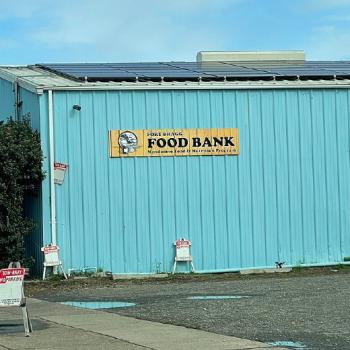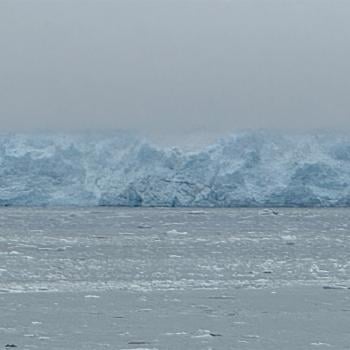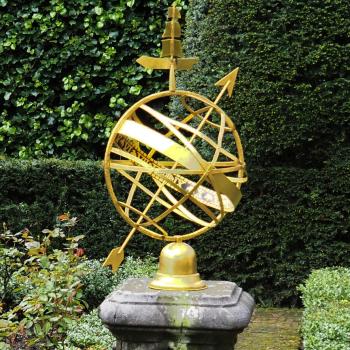The people then challenged Jesus' claim to be the sealed Son of Man: "What sign do you do, that we may see and believe you?" (6:30). This is somewhat of a non-sequitur, since Jesus had just feed the five thousand the day before. Not everyone in the synagogue, however, had been with the five thousand, and it is likely that many of the five thousand had not realized what the source of the bread actually was. What they were requesting, however, was that Jesus specifically reproduce Moses' miracle of "the manna in the wilderness," the "bread from heaven" (6:31). ("Bread from heaven" is a technical term in the Hebrew Bible for manna: Ex. 16:4, Neh. 9:15, Ps. 77:24, 105:40.)
It seems that the miracle of the multiplication of the loaves and fish was the replication of earthly food; some viewed this as inadequate because it was not heavenly food like Moses' manna. Indeed, some contemporary Jews believed the Messiah must imitate Moses' miracle of the manna (2 Baruch 29:8; Sibylline Oracle, Fragment 3.45). Rabbinic tradition likewise maintained that "as the former redeemer [Moses] caused manna to descend . . . so will the latter redeemer [the Messiah] will cause manna to descend" (Ecclesiastes Rabbah 1:9). This demand for bread from heaven was thus a challenge to Jesus' claim to be the Messiah.
"I am the Bread of Life" (6:35-51)
In response to this new demand for a sign, Jesus shifts the context of the discussion, declaring that there is "true bread from heaven" which comes from God (6:33). The phrases "bread of life," "bread of God," and "bread from Heaven" are unique in the New Testament to John chapter six (6:31-33, 35, 41, 48, 50-51, 58), and continue the earlier the nutrition metaphors with Jesus providing spiritual breath (Jn. 3), drink (Jn. 4), and now food (Jn. 6). This is reflected by the fact that Jesus' discussion of the "bread from heaven" has close thematic parallels to his "living water" discourse in John 4.
|
Living water (4:10) |
Bread of life (6:35); living bread (6:51) |
|
Never thirst again (4:14) |
Never hunger again (6:35) |
|
Leads to eternal life (4:14) |
Leads to eternal life (6:40) |
The metaphors of "water of life" and "bread of life" are thus two different ways of describing the same concept, that accepting Jesus as the Messiah brings eternal life precisely as eating and drinking sustains physical life.
The discourse seems somewhat repetitive, but in fact provides a set of interlocking ideas that build upon one another like a type of metaphorical spiral staircase.
- Jesus is the bread of life (6:35, 48, 51).
- Those who are of the Father will believe in Jesus (6:37, 44-45).
- He is the "bread of heaven" who has come down from heaven (6:38, 42, 50-51).
- Those who eat this bread (believe in Jesus) will never hunger (6:35).
- He will "raise" his followers at the last day (6:39-40, 44).
- Those who believe him have eternal life (6:35, 40, 47, 50-51).
To believe in Jesus -- that is, to accept him as "the Messiah, the Son of God who should come into the world" (Jn. 11:27) -- is to spiritually eat of his heavenly bread of life, which provides life not only for a day, but forever (6:48-50). While the Mosaic manna -- the original bread from heaven -- nourished only for a day and could not prevent the partakers' ultimate death, Jesus' bread from heaven nourishes forever and provides eternal life. The point is that Jesus not only meets the people's challenge to match the Mosaic miracle of the manna/bread from heaven (6:30-31), but surpasses it.
There is another important allusion in the Hebrew Bible to the "bread of God" (Jn. 6:33). The shewbread, or bread of the presence offered on a table in the Holy Place at the temple was called the "bread (leḥem) of God" (Lev. 21:6, 8, 17, 21-22, 22:25), or "holy (qōdeš) bread" (1 Sam. 21:4-6). Only a priest in a purified state could enter the Holy Place to bring this bread to God. Now in its original context "bread of God" probably meant the bread given to God, rather than the bread given from God. But in the end, the priests ate this "bread of God" in the temple, precisely as Jesus says his believers will partake of the "bread of God." Thus, in a first-century Jewish context, eating the bread of God was the prerogative of priests in a purified holy state in the temple (see also Mishnah, Menaḥ 11). This allusion to "God's bread" places this discourse in a temple context that I will discuss later.
Part of Jesus' claim in this section is not only that he has brought down bread from heaven (6:32), but that he himself has descended from Heaven (6:33, 38, 41-2, 51; cf. Jn. 3:13, 31). This is because Jesus is the pre-existing Logos who was with the Father in the beginning and who created the world and came to dwell in it (Jn. 1:1-14). John's is also the only Gospel that describes Jesus' incarnation as descending from heaven; furthermore, John's Gospel also has no nativity narrative, nor does it ever mention the name of Jesus' mother. For John, the formation of Jesus' mortal body is irrelevant; it is Jesus' celestial origins -- "the word became flesh" (Jn. 1:14) -- that is crucial to recognizing and understanding his nature as the Messiah and Son of God.





